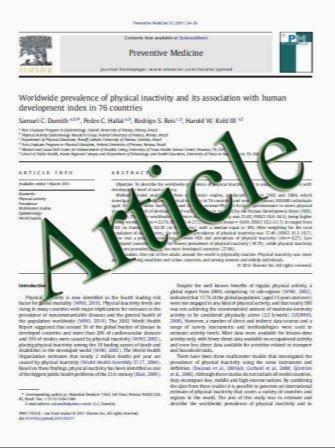Typical 3-D localization of tumor remnants of WHO grade II hemispheric gliomas—lessons learned from the use of intraoperative high-field MRI control
- نوع فایل : کتاب
- زبان : انگلیسی
- مؤلف : Venelin M. Gerganov , Amir Samii , Lennart Stieglitz , Mario Giordano , Wolf O. Luedemann & Madjid Samii , Rudolf Fahbusch
- چاپ و سال / کشور: 2011
Description
Background Complete resection of grade II gliomas might prolong survival but is not always possible. The goal of the study was to evaluate the location of unexpected grade II gliomas remnants after assumed complete removal with intraoperative (iop) MRI and to assess the reason for their non-detection. Methods Intraoperative MR images of 35 patients with hemispheric grade II gliomas, acquired after assumed complete removal of preoperatively segmented tumor/ tumor part, were studied for existence of unexpected tumor remnants. Remnants location was classified in relation to tumor cavity in axial and vertical planes. The relation of remnants to retractor position and to surgeons’ visual axis, and the role of neuronavigational accuracy and brain shift, was assessed. Results Unexpected remnants were found in 16 patients (46%). In 29.2%, the reason was loss of neuronavigational accuracy. In 21%, remnants were in that part of the resection cavity, where the retractor had been placed initially. In 17%, they were deeply located and hidden by the retractor. In 13%, remnants were hidden by the overlapping brain; and in 21%, the reason was not obvious. In 75% of all temporomesial tumors, remnants were posterolateral to the resection cavity. Remnants detection with iopMRI and update of neuronavigational data allowed further removal in 14 of 16 cases. In two cases, remnant location precluded their removal. Conclusions Distribution of tumor remnants of grade II gliomas tends to follow some patterns. Targeted attention to the areas of possible remnants could increase the radicality of surgery, even if intraoperative imaging is not performed
Acta Neurochir (2011) 153:479–487 DOI 10.1007/s00701-010-0911-3


